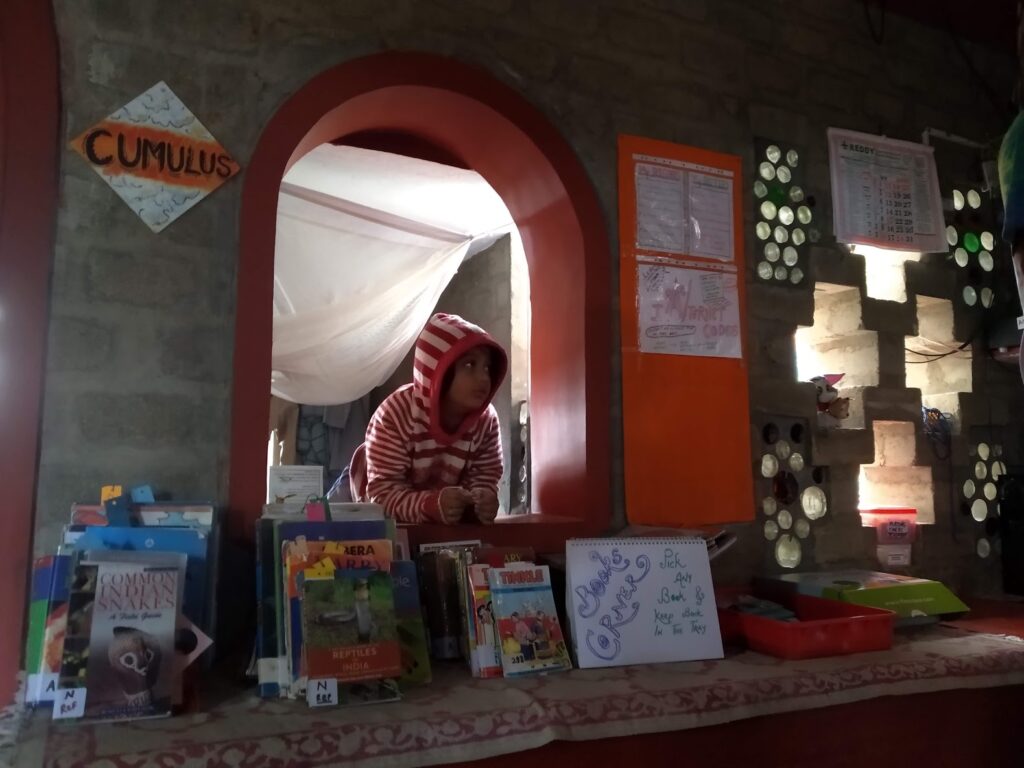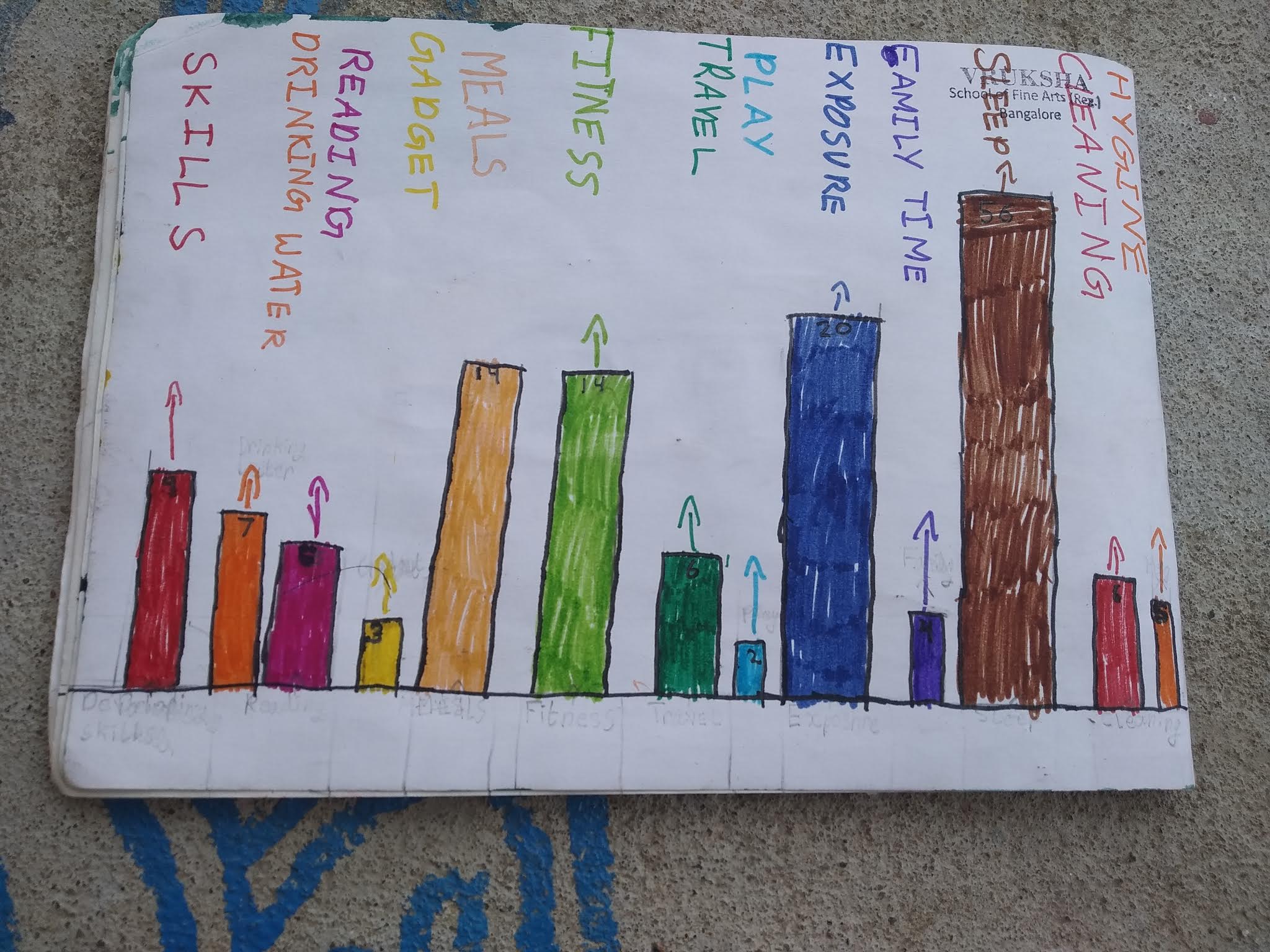Are you a traveler or a tourist? A tourist goes by checking the milestones while a traveler creates his milestones. Open Learning is all about being the traveler of your learning journey.
Have you ever played a video game and gotten super excited when you finally beat that tricky boss or unlocked a cool new ability? That’s kind of like a milestone in real life! It’s a marker on your personal journey, a sign that you’re making progress and getting closer to your goals.
A personal metric or a milestone is important to measure progress in day-to-day life. I measured how productive my day was by deciding – how many hours I spent on social media browsing and how many hours I put on self-care etc. This gives me a sense of direction. Proponents of measurement believe that “what can be measured can be improved.” Throughout my life, I’ve encountered milestones presented in various ways.
- By the time I was a toddler, I should have started walking
- During my formal education years, I crossed milestones of pre-pre-primary, primary middle, and high school, etc.
- At the gym, they set a milestone for me to lose a certain number of kilograms in 3 months.
- The arrival of a baby book, outlining various milestones, greeted me as a new mother.
External entities would set these milestones for me, although I did have some input. Zoom in today, We have adopted open learning. The milestone mindset is in action again. Let’s explore what kind of milestones can be set and achieved for an open learner.
What is a Milestone
A milestone is a checkpoint in the life cycle of a project towards the ultimate goal. These milestones help to measure the progress towards the defined goal. Milestones may be good if the goal of a project is tangible. For instance, if I want to lose 3 kg of weight in one month, I might set a milestone of losing 1 kg in 10 days. Based on this milestone I will work out my plans of diet and exercise. The problem is how do we set a tangible goal for a project called life.

Milestones in an open learning environment
- Expanding the world through explorations
Open Learning is all about having multiple exposures based on one’s interests. It is more like a treasure hunt. Exposure is your guide. This could be meeting new people who share your passions, visiting incredible places, or diving into hands-on experiences. Exploration is the compass of lifelong learning.
Why is Exploration So Powerful?
Open Learning is all about having multiple exposures based on one’s interests. It is more like a treasure hunt. Exposure is your guide. This could be meeting new people who share your passions, visiting incredible places, or diving into hands-on experiences. Exploration is the compass of lifelong learning.
Exploration is like a magic key that unlocks a whole new world of learning. Here’s how:
- Wider Worldview: Every new experience expands your understanding of the world. It’s like adding puzzle pieces to a giant picture, giving you a clearer and more fascinating view.
- Making Connections: Exploration helps you connect the dots between different subjects. Open learning encourages you to see concepts as ideas, not isolated subjects. Chemistry isn’t confined to a lab; it’s in the way ingredients transform when you bake! This freedom allows you to make connections across disciplines, leading to a deeper and more holistic understanding
- Learn, Unlearn, Relearn: Open learning isn’t about getting everything perfect the first time. It’s about a continuous journey of discovery. You might learn something new, and then discover a different perspective, and that’s okay! This flexibility allows you to constantly grow and refine your understanding.
- Curiosity Never Sleeps: Exploration is the fuel that keeps your curiosity engine running. The more you explore, the more you want to discover. It’s a never-ending adventure!
2. Freedom with responsibility

Open learning provides freedom to a child. Freedom to choose what they want to learn, and invest their time the way they want. Some days, a child becomes engrossed in some work, while on other days, they do nothing.The child is the creator of her days, months, years, and life. But this freedom inculcates a sense of responsibility in the child. The child remains aware that she owns her learning. They feel responsible for the choices they make (or the choices they don’t make). They can mess up with a choice but they own the sense of making things better.
Developing this sense of ownership obviously won’t happen overnight, but with persistence, it can become a natural part of their life. Open learning isn’t about letting kids run wild; it’s about empowering them to take charge of their learning journey. It’s about fostering a love of learning that will stay with them for life.
3. Ownership of Time
Open learning environments can make parents feel like their children aren’t using their days productively. In the formal education system, the major chunk of time goes to the institute. In the context of open learning, there is no such rigidness of following a specific timetable. Parents may deal with the anxiety of “Wasting time”. Open learning is not about producing specific output in a given time. It is more about ongoing absorbed learning. The concept of time resides in its continuum. When children have the freedom to choose their learning path and the environment is stimulating enough, they waste no time. John Lennon famously said, “Time you enjoy wasting wasn’t wasted.” The children are owners of their time. Slowly they learn to make use of time in various ways.
4. Developing an understanding of Self

One of the biggest benefits of an open learning environment is, that children develop a sense of self-awareness. They take charge of their learning, charting their own learning curve. Through self-reflection, they examine their progress, identify areas for improvement, and discover their strengths. All this happens through self-reflection (Check the following link -Reflection to grow and glow). Through self-reflection, they develop a sense of internal validation. They learn to celebrate their achievements and take ownership of their progress.We all are work-in-progress. If you build your skills and knowledge based on who you truly are and what interests you, it becomes something sustainable that stays with you forever. No matter what life throws your child’s way, they’ll have the tools and confidence to navigate their path in this complex world.
5. Power of Collaboration
A self-directed learner does not learn in isolation. Collaborative learning is one of the superpowers of open learners. The child gets to
- Explore Diverse Environments: From museums and libraries to forests and beaches, the world becomes their learning platform. Each new environment sparks curiosity and provides unique learning opportunities.
- Connect with Inspiring People: They can learn from online communities, collaborate on projects with friends, or even interview experts in their field of interest. Think of them as building a network of awesome learning mentors!
- Master Multiple Tools: Open learning encourages exploration with different tools and mediums. Maybe they’ll create a documentary about their favorite animal using stop-motion animation or write a blog post about their scientific experiments. The possibilities are endless!

By bouncing ideas off others, learning from different perspectives, and working together on projects, the child takes his understanding to a whole new level.
6. Developing Portfolio – documenting the journey
Open learning does not have a tangible output of a Mark list or a certificate. In open learning, your child takes center stage, reflecting on their learning and creating a portfolio that showcases their journey. The Portfolio describes his journey of many years of real experiences. It portrays all the difficulties he faced and how he overcame them. Imagine a flip book showing their progress in drawing realistic portraits. Their portfolio can be a visual timeline of their learning evolution. These portfolios become a guiding light, a North Star for their learning journey. Looking back at their accomplishments and challenges helps them chart their course for the future. They can be anything your child wants them to be – a scrapbook filled with drawings and photos, a website showcasing their coding projects, or even a video journal documenting their experiments. The key is to document their learning journey regularly.
Open learning isn’t just about facts and figures; it’s about empowering your child to become a self-directed learner who thrives on exploration and self-discovery.
